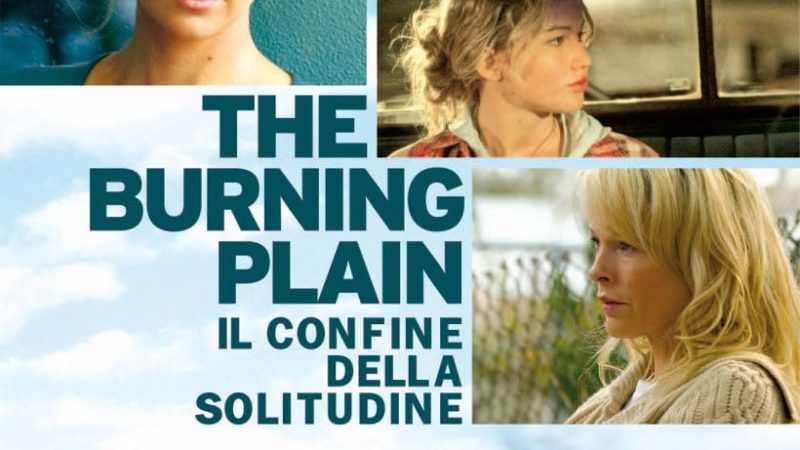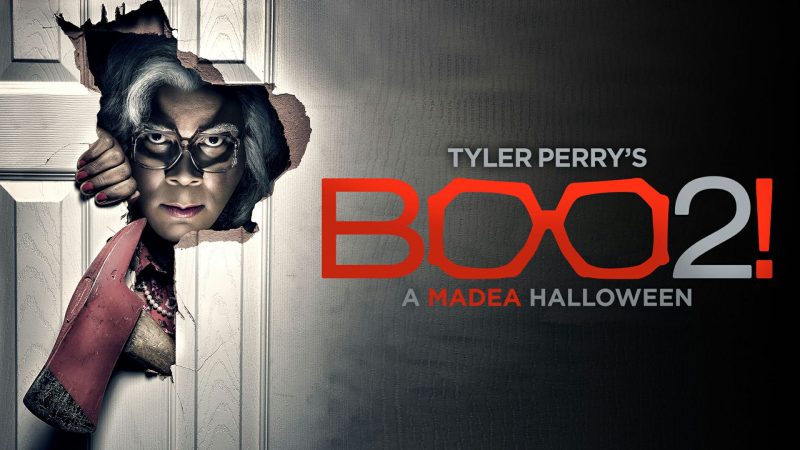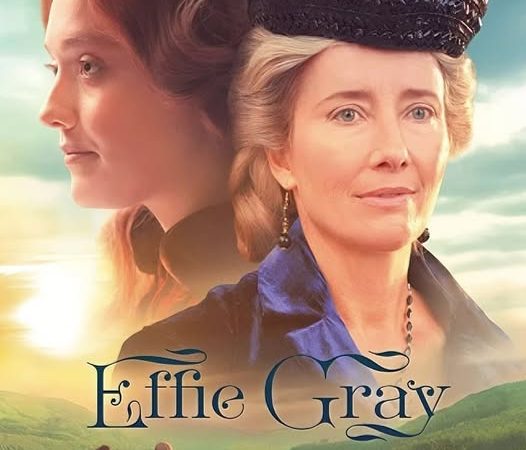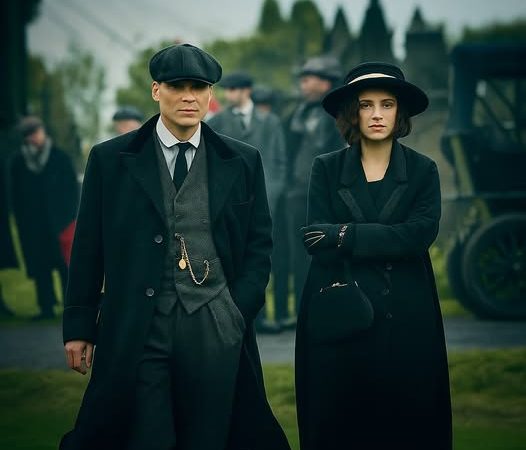“My Old Lady” (2014): When a Parisian Apartment Opens the Door to a Buried Emotional Legacy
In a world of cinema that increasingly favors plot twists or dramatic climaxes, Israel Horovitz’s My Old Lady (2014) emerges as a slow, quiet, and profound piece where conflicts lie not on the legal or property front, but hidden beneath layers of family memories, old wounds, and unnamed pain.
Apartment without a door a space of psychology and memory
On the surface, the story begins as a French tragicomedy: a middle-aged American man, Mathias (Kevin Kline), who has failed in his career and life, arrives in Paris to receive his inheritance an old apartment. But his joy is short lived when he discovers that the apartment has a permanent tenant Madame Girard (Maggie Smith), 90, under the typical French “viager” law.
My Old Lady, however, is not interested in the humor of the situation. The apartment is not a site of physical conflict, but a memory chamber – a place where the past is buried, where spatial and emotional memories overlap to form a mental prison for all three characters.
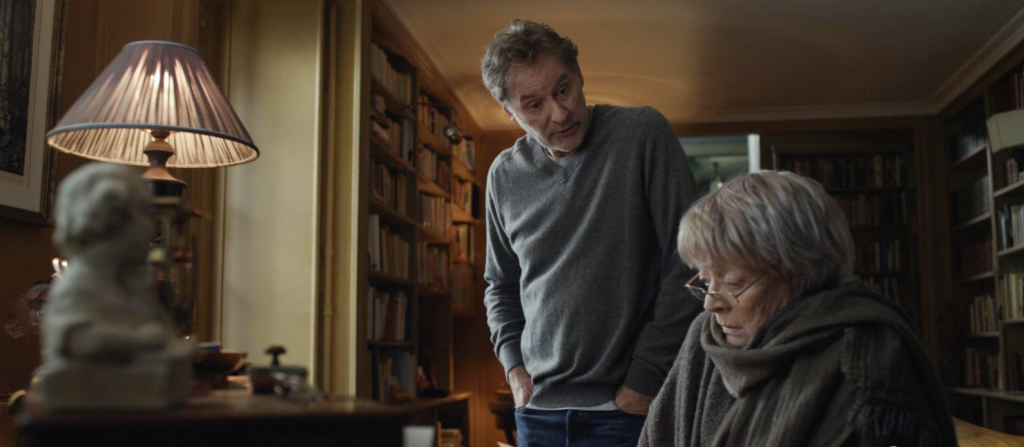
Emotional Legacy the Dark Side of Inheritance
The script, adapted from the director’s own play of the same name, gradually exposes a dense psychological underpinning. Mathias is not just dealing with a troublesome lease — he is dealing with his father’s lover. The apartment, then, becomes the physical embodiment of a decades-long affair that has been silently poisoning Mathias’s childhood and destroying his father figure.
Kevin Kline plays Mathias with a convincingly exhausted confusion. His face is often tinged with disappointment, bitterness, and sarcasm but underneath is a child who has never been properly loved. His performance is restrained, unflappable, but the more you watch it, the more poignant it becomes. Kline doesn’t go big he lets the silences, the looks, the breath tell the story.
On the other side, Maggie Smith as Madame Girard is, as usual, a bastion of emotional sharpness. She not only brings the air of a long-lived, worldly character, but also conveys a kind of compressed pain, where the guilt and hurt cannot be fully expressed in words. The conversations between her and Mathias are like verbal sparring matches sharp, sarcastic, but steeped in tragedy.
There are no villains, only sufferers

Horovitz, in her slow paced storytelling, chooses not to assign blame. No one in the film is entirely evil. No one is entirely blameworthy. Each character is pushed to the brink by a series of misdeeds that they did not initiate, but have to live with.
Madame Girard’s daughter, Chloé (Kristin Scott Thomas), is the final piece of a trio of people who are traumatized by the same man who does not appear in the film, but is present in every scene through the specter of his absence. All three characters revolve around a “black hole”: father lover betrayer.
Cinematography: a play on the Parisian frame
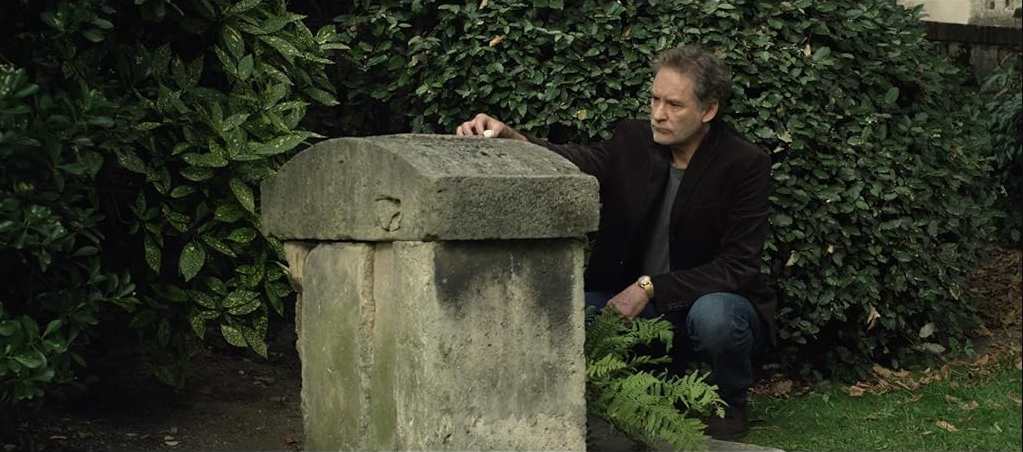
Visually, My Old Lady stays true to its theatrical roots. Much of the scene takes place in the apartment a claustrophobic feeling, true to the trapped psychological state of the character. The unobtrusive camera angles, soft lighting and warm color palette add to the quiet but rich atmosphere. The film is not “beautiful” in the Paris postcard way but the kind of beauty of old rooms where the walls know how to keep secrets.
The soundtrack is also just right never leading the emotions, letting the space and dialogue take over. This slows the pace, but if you stay patient, you’ll be rewarded with a depth of feeling that few films in the genre can match.
A spiritual testament to trauma and forgiveness
My Old Lady doesn’t promise redemption, nor does it offer a “happily ever after.” Instead, it’s about something more real: the ability to look at a wound, name it, and begin the process of healingeven if it’s late.
This isn’t a film for everyone. But for those who have struggled with family memories, or felt like they were suffering the consequences of mistakes that weren’t theirs, My Old Lady can be a sobering, but necessary, reflection.
